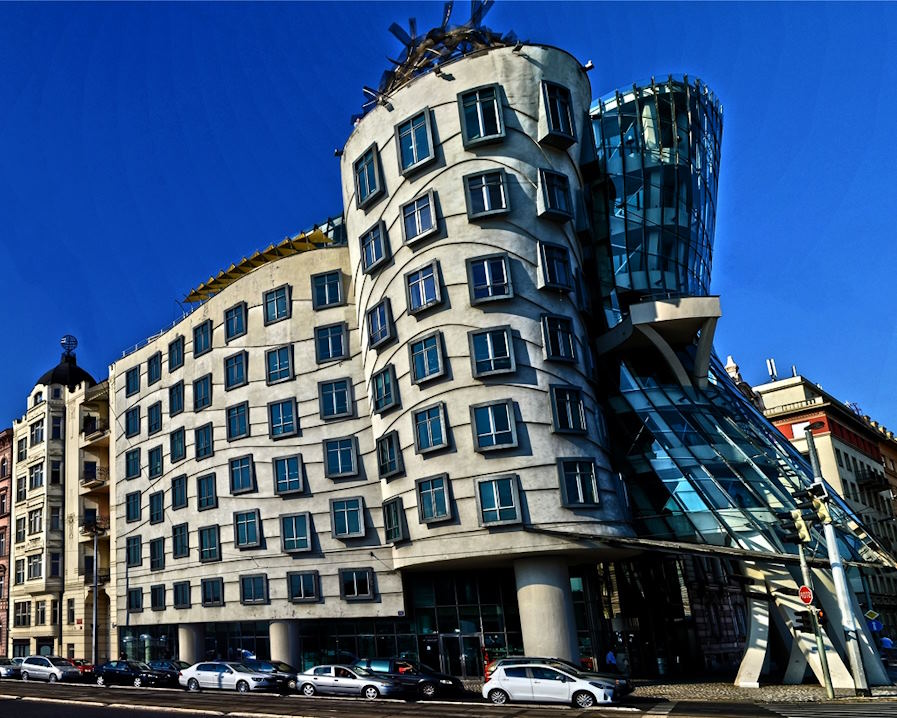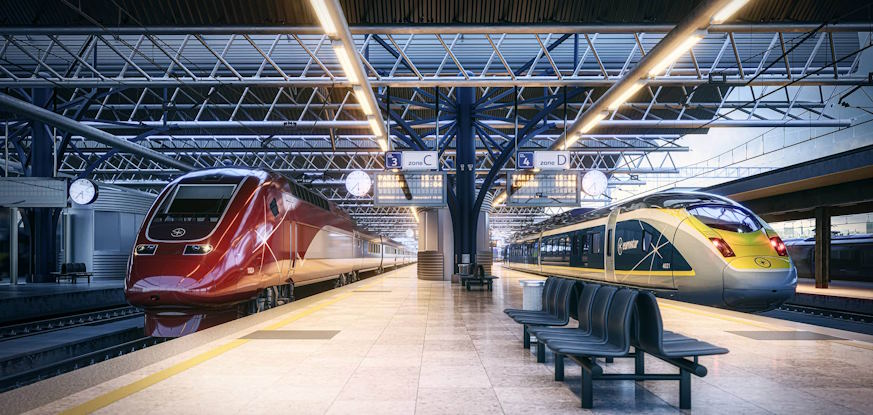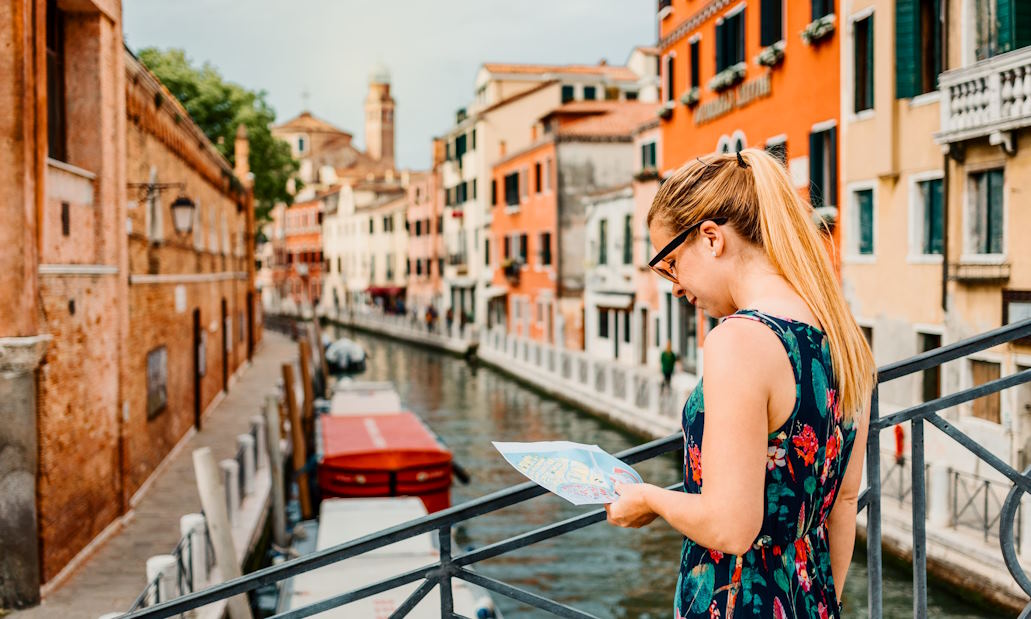Europe, renowned for its centuries-old castles, magnificent cathedrals, and classical architecture, is also home to a collection of buildings that defy conventional norms and challenge the boundaries of design. From a crooked house in Poland to a dancing building in the heart of Prague, these constructions push the boundaries of traditional aesthetics, inviting us to reconsider our notions of what a building can be.
The Crooked House of Sopot, Poland
Our journey begins in Sopot, Poland, where an architectural anomaly captures the attention of passersby. The Crooked House, locally known as Krzywy Domek, is a whimsical structure that appears to defy the laws of physics. Its undulating walls and distorted facade create an optical illusion, as though the building is frozen mid-dance. Designed by architects Szotyńscy & Zaleski, the Crooked House draws inspiration from the fairy-tale illustrations of Jan Marcin Szancer and the imaginative worlds of Salvador Dali. Beyond its visual spectacle, the Crooked House has become a cultural icon, attracting visitors from around the world and playing a significant role in Sopot’s tourism.
The Atomium in Brussels, Belgium
Our next stop takes us to Brussels, Belgium, where a colossal structure resembling an iron crystal magnifies the skyline. The Atomium, a symbol of post-war scientific progress, was originally constructed for the 1958 World Expo. Designed by engineer André Waterkeyn and architects André and Jean Polak, the Atomium’s interconnected spheres represent iron crystals magnified 165 billion times. Over the years, the building has evolved from a temporary exhibition pavilion to an enduring symbol of Brussels, with its spheres now hosting exhibitions, events, and offering panoramic views of the city.
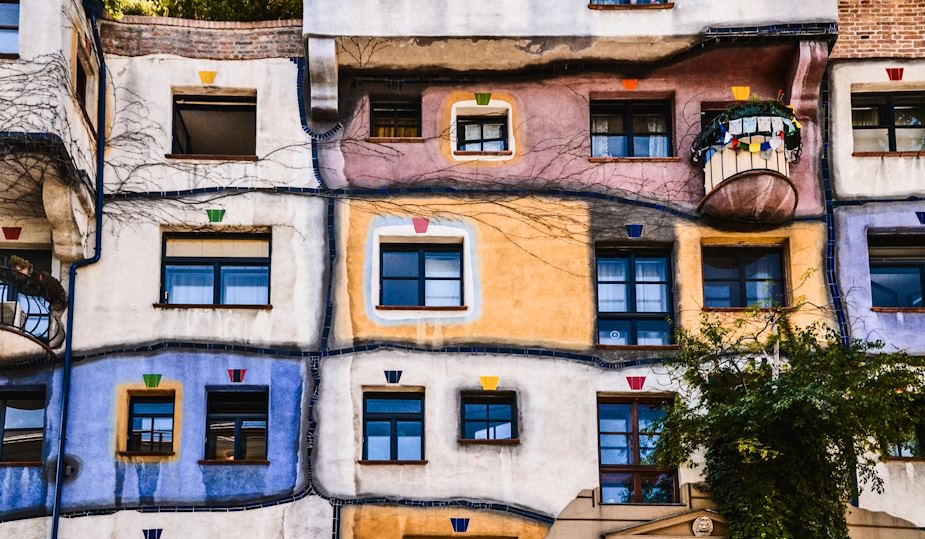
Hundertwasserhaus in Vienna, Austria
Our journey then leads us to Vienna, Austria, where the vibrant and irregular facade of Hundertwasserhaus stands as a testament to the genius of Friedensreich Hundertwasser. This apartment complex, designed by the Austrian artist and architect, embraces organic shapes, irregular windows, and a riot of colors, defying the conventional principles of architectural symmetry. Hundertwasser’s philosophy of “architecture with nature” is evident in every whimsical detail, creating not just a living space but a work of art that challenges the monotony of urban landscapes.
The House Attack in Vienna, Austria
Staying in Vienna, our exploration takes an unexpected turn with the House Attack. Located at the Museum Moderner Kunst (MUMOK), this installation features a seemingly ordinary house crashing into the side of the museum. Created by artist Erwin Wurm, the House Attack challenges perceptions of reality and disrupts the tranquility of the museum setting. The juxtaposition of the mundane and the extraordinary prompts visitors to question the boundaries between art and architecture, making it a provocative addition to Vienna’s cultural scene.
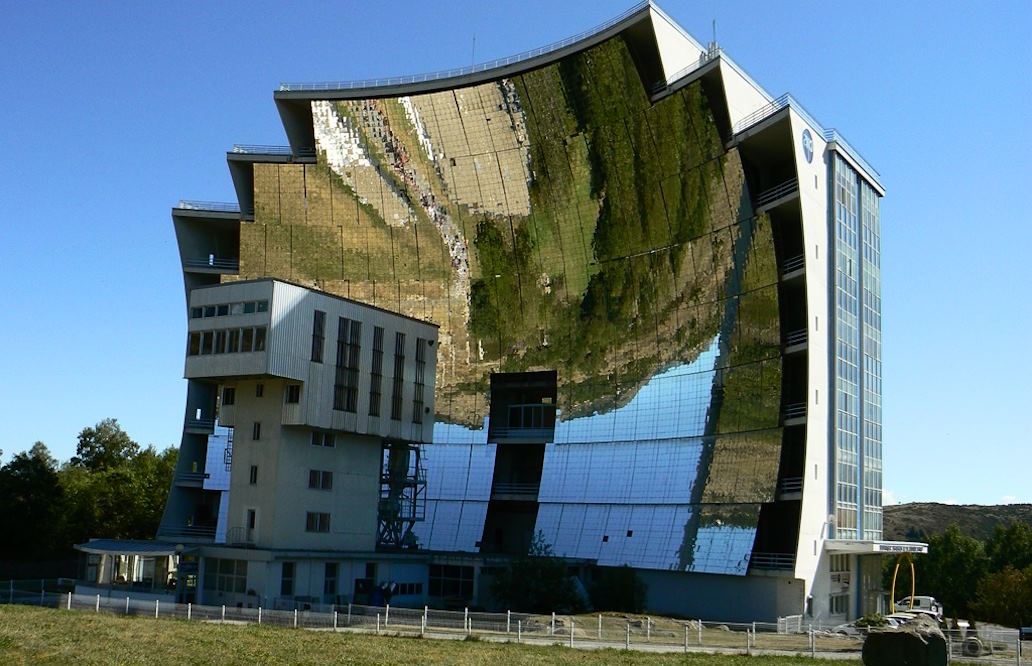
Dancing House in Prague, Czech Republic
Venturing into the heart of Prague, our attention is drawn to the Dancing House, an architectural masterpiece standing in stark contrast to the city’s historic skyline. Designed by Frank Gehry and Vlado Milunić, the Dancing House’s unconventional form resembles a pair of dancers in mid-twirl. The deconstructivist style of the building challenges traditional norms, symbolizing the freedom and creativity unleashed after the fall of communism. The Dancing House, also known as Fred and Ginger, has become an iconic symbol of modern Prague.
The Upside-Down House in Trassenheide, Germany
Our next destination takes us to Trassenheide, Germany, where a peculiar sight awaits: an upside-down house. This whimsical structure, designed by Polish architects Klaudiusz Golos and Sebastian Mikiciuk, challenges our sense of gravity and spatial orientation. Visitors can explore the inverted rooms and experience a topsy-turvy world where floors become ceilings and furniture clings to the ceiling. The Upside-Down House serves as an interactive and surreal architectural installation, offering a playful departure from the ordinary.
The Elbphilharmonie in Hamburg, Germany
Our final destination on this architectural odyssey is Hamburg, Germany, where the Elbphilharmonie stands as a gleaming example of contemporary design. Perched atop an old warehouse on the banks of the Elbe River, the Elbphilharmonie’s undulating glass structure mimics the waves of the river. Designed by Herzog & de Meuron, this concert hall and cultural complex faced numerous challenges during its construction, including budget overruns and delays. Despite the controversies, the Elbphilharmonie has become a symbol of Hamburg’s resilience and a prestigious venue for musical performances.


